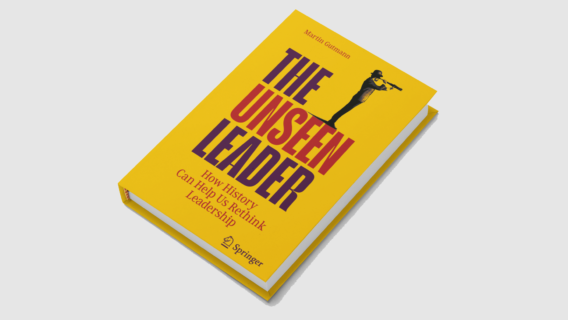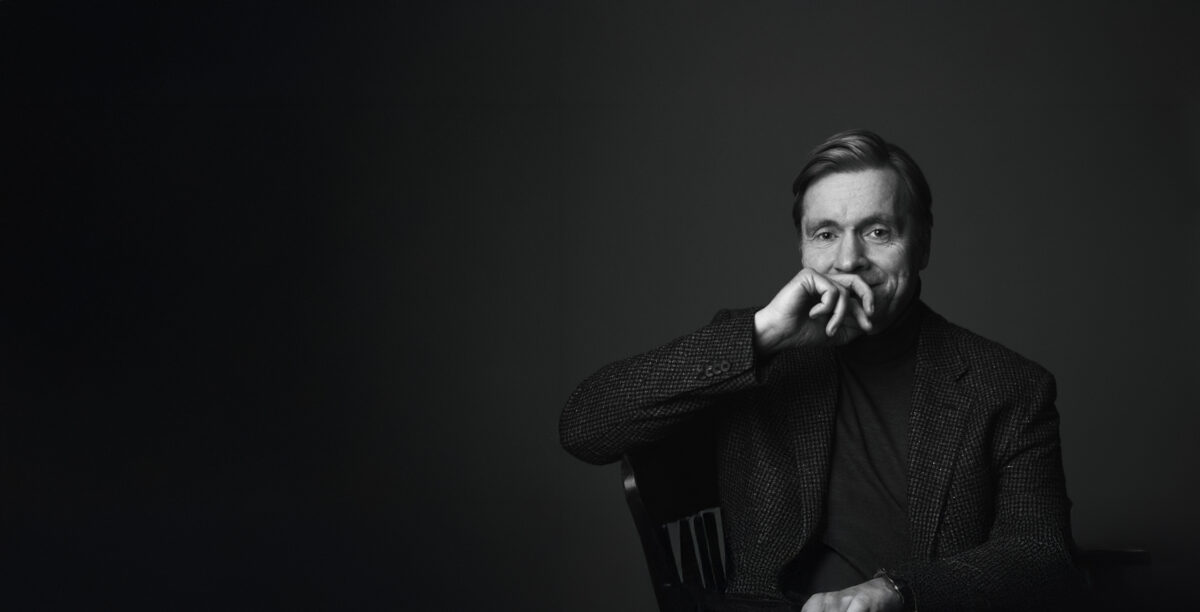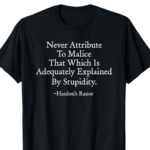The Unseen Leader


Explore the leadership and executive coaching services I offer
Unlock your full potential
Discover how my executive coaching can help you reconnect with purpose and achieve sustained success. Explore the services I offer and feel free to reach out to discuss the approach that best aligns with your leadership goals.












In a world of viral soundbites and constant crisis, we keep rewarding leaders who survive storms. Often, they are the same ones who steered straight into them.
In The Unseen Leader, Martin Gutmann asks a powerful question:
Why do we celebrate leadership that looks dramatic instead of leadership that actually works?
We are drawn to hero narratives, the bold, singular figure who makes the impossible possible. But Gutmann, a historian turned business professor, invites us to look more closely. His book challenges the heroic myth and shows how competence, foresight and discipline are often overlooked in favor of charisma.
His central metaphor contrasts two polar explorers. Ernest Shackleton, often cited in leadership literature, led his men through a dramatic survival story after his ship was crushed in Antarctic ice.
Roald Amundsen, less celebrated, reached the South Pole three years earlier. No loss of life, no frostbite, no crisis. Just preparation, cultural learning and precise execution.
But Gutmann does not present this as a contest. Instead, he asks:
why do we remember one and not the other?
As one of Gutmann’s reflections puts it: we often confuse a good story with good leadership. But exciting stories are usually the result of poor decisions. Real leadership removes the drama before it starts.
Shackleton gave us a story.
Amundsen delivered quietly.
And in our hunger for drama, we reward the noise.
This tension is familiar in today’s leadership. Visibility has become part of the executive role. Persona becomes product. In this climate, volume often stands in for value.
Yet research tells a different story. Quiet leaders who prepare carefully, think in systems and lead with reflection tend to outperform. They do not just manage crises. They prevent them.
This is what John Mattone‘s Intelligent Leadership framework helps clarify.
In this model, leadership begins in the inner-core: character, values, mindset and emotional maturity. These shape how a leader acts when no one is watching. When the inner-core is strong, the outer-core — communication, execution and presence — can work at its best.
What Gutmann calls unseen leadership, Intelligent Leadership sees as integrated leadership.
Visible when needed. Quiet when wise.
Confident when required. Grounded when it matters.
Always anchored in purpose.
This is the work of coaching. Not to make leaders louder or more visible by default, but to help them calibrate. To build clarity on when to step forward, when to step back, and how to lead from inner strength.
Gutmann offers a lasting image:
One swimmer flails across a wild river, yelling and splashing.
Another watches the current, understands the rocks and crosses quietly.
We applaud the noise. But only one gets across with intention.
In a time captivated by performance, The Unseen Leader reminds us to look deeper. To notice those who lead without spectacle. And to rethink what leadership really looks like when it works.